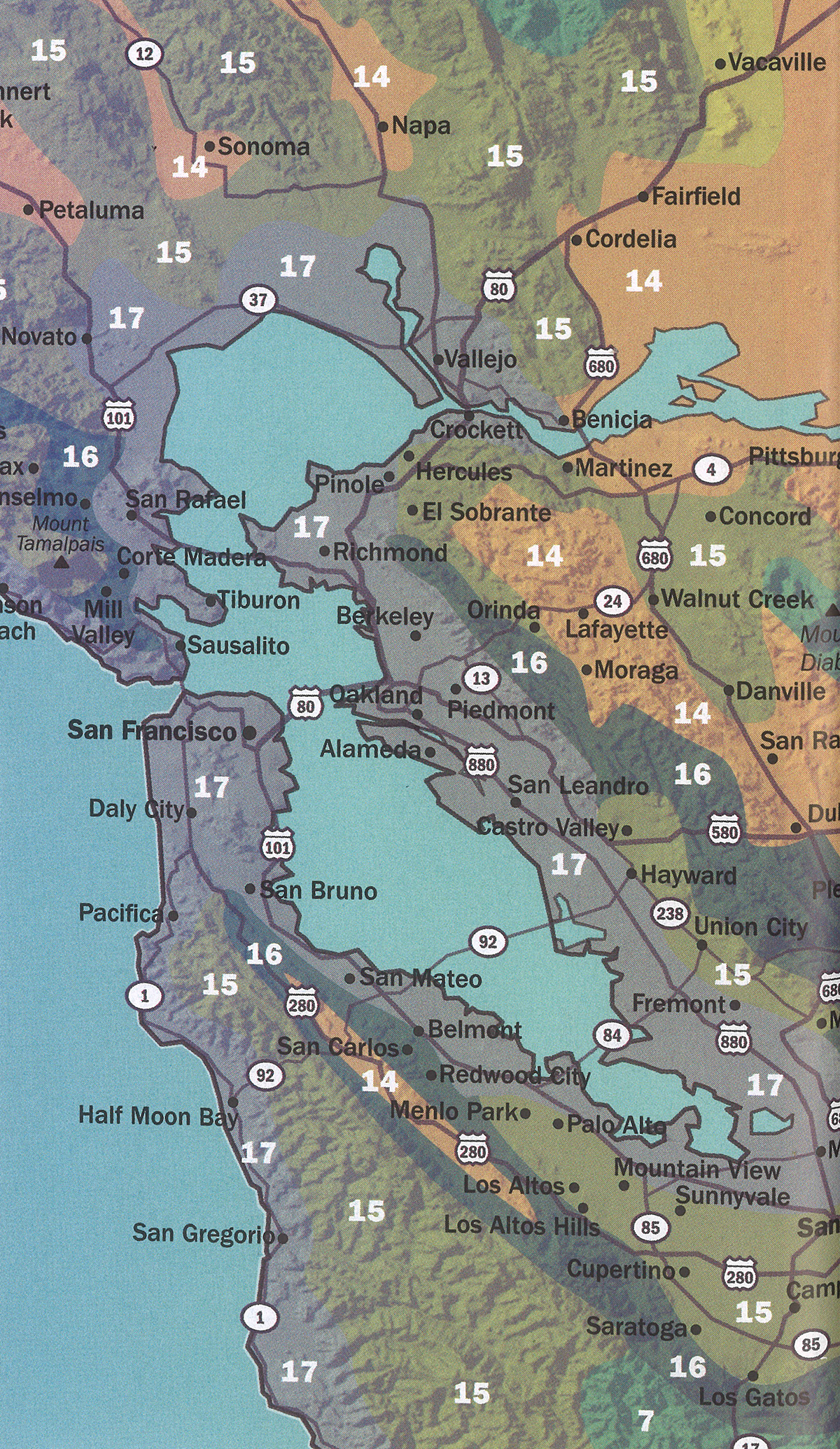
| height | 7–14ft | |
| width | 5–12ft | |
| tolerates | Drought, Pots | |
| water needs |
Low | |
| water info |
Hakeas are drought tolerant, but this species from Western Australia’s Indian Ocean coast may need infrequent additional summer water once established in hotter areas. Hakeas prefer well-drained soil with minimal phosphorus content. | |
| hardy to |
20F | |
| exposure | Part Shade – Full Sun | |
| indoor outdoor |
Outdoor | |
| drainage | In Ground: Cactus Mix, In Pots: Cactus Mix | |
| fertilizing | Low Needs, No Phosphorus | |
| origin | W Australia | |
| california native |
No | |
| sunset zones |
14–H1 |
Full Sun
Six or more hours of sun beams directly landing on the plant's leaves.
Part Shade
Three to five hours of sun beams directly landing on the plant's leaves.
Part Sun
One to two hours of sun beams directly landing on the plants leaves.
Full Shade
The plant is never fully lit by sun beams,
but is in a bright spot or has dappled sunbeams playing over the leaves throughout the day.
Deep Shade
The plant never has dappled light on the leaves, and is in a place that feels dim, even on a nice sunny day.
